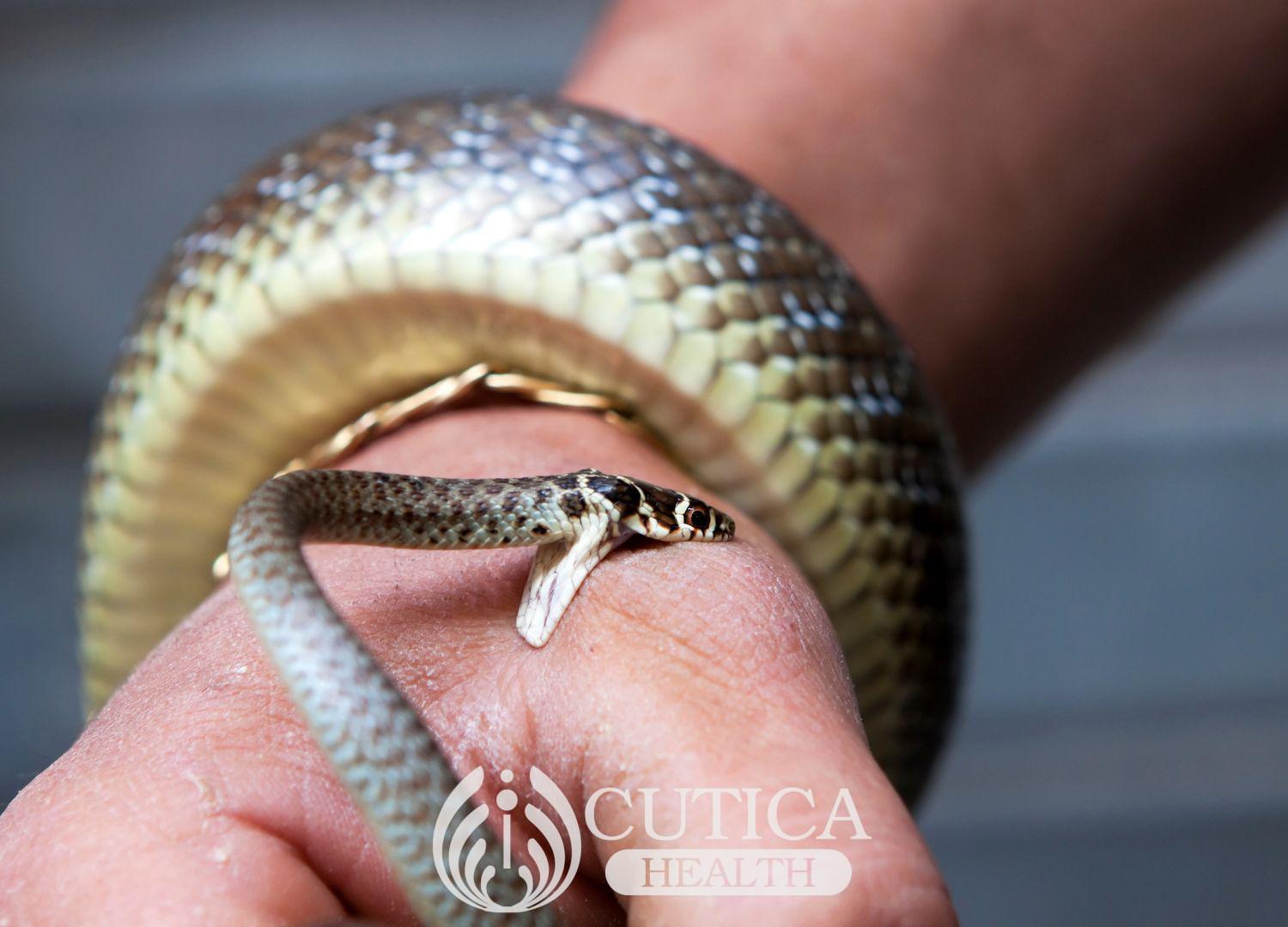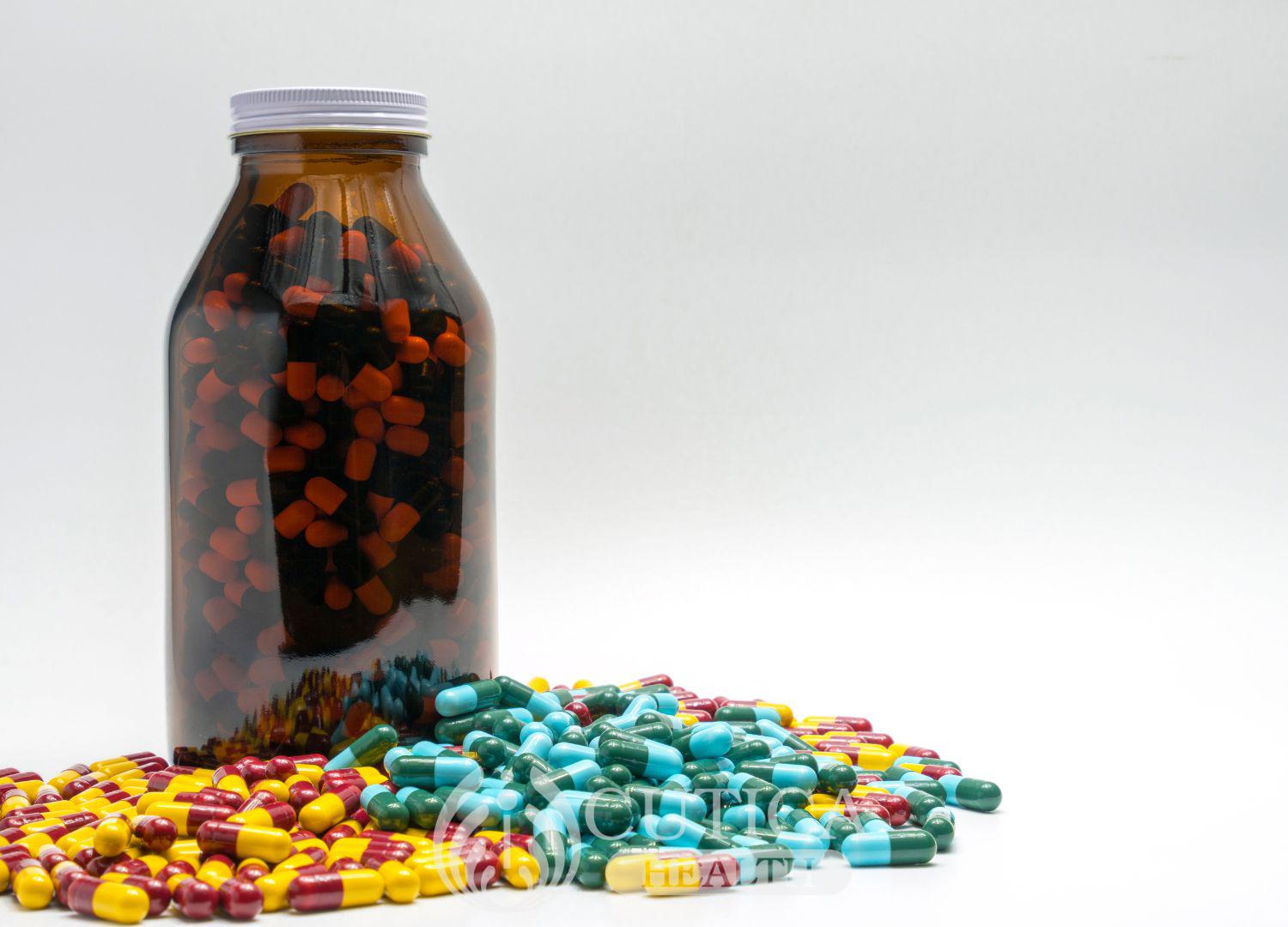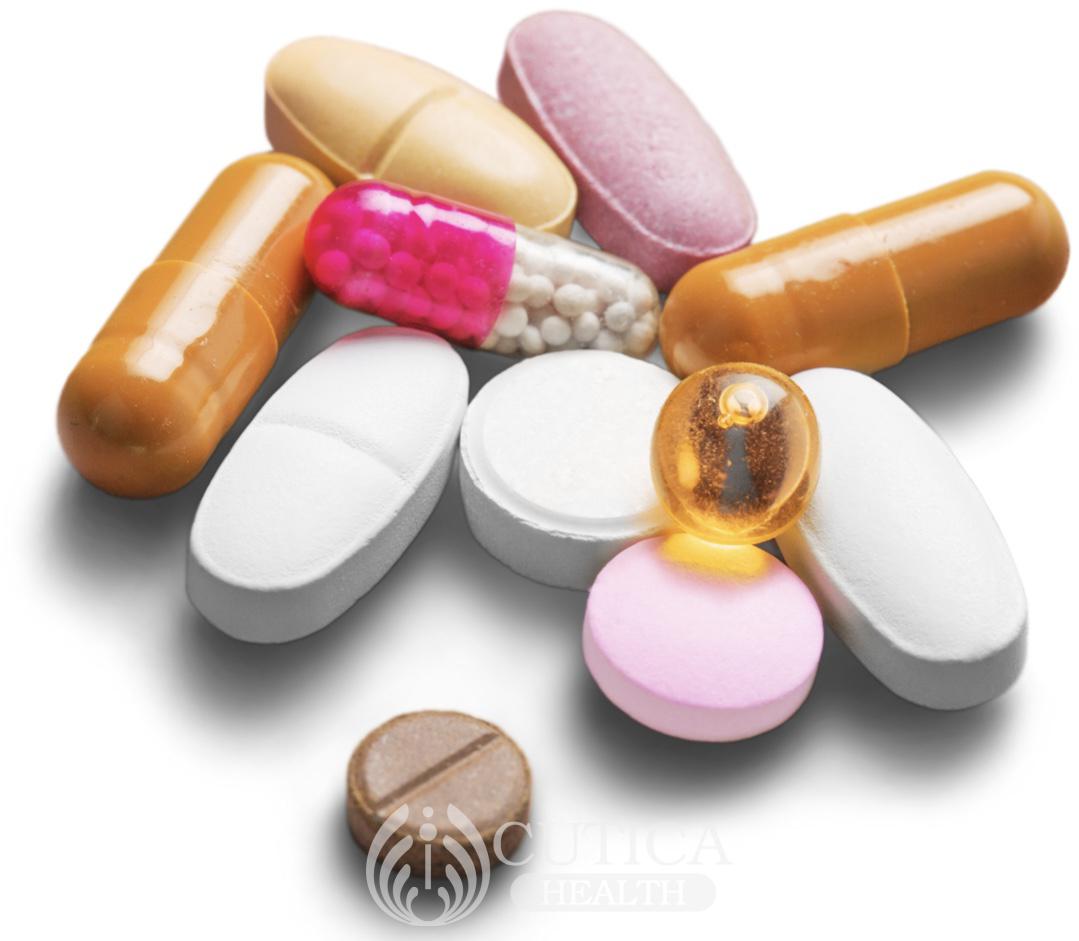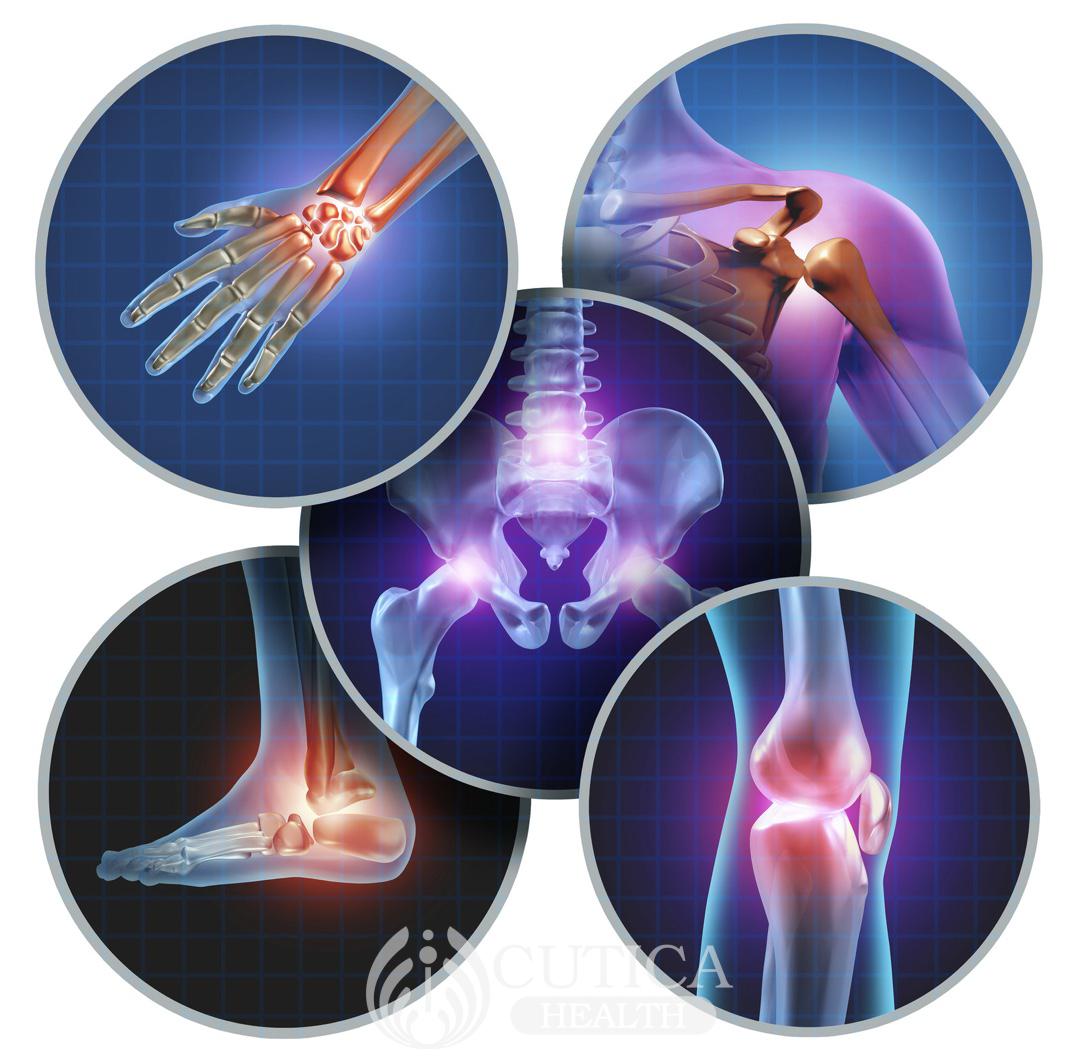
Snakes are among the most feared creatures on the planet. While not all snakes are harmful, the ones that are kill by releasing venom, a lethal substance that could render a human lifeless in a few minutes. Venom contains harmful substances that can damage nerves, blood vessels, and the heart. Because most people cannot differentiate between venomous and non-venomous snakes, it is safer to treat all snakes and snake bites as it they were venomous until proven otherwise.
What happens after a snake bites you?
Although the symptoms of snake bite depend on the type of snake involved, they all cause some general symptoms at first, including:
- Swelling and pain around the puncture wounds
- Feeling sick and vomiting
- Numbness around the affected area and the face
- Sweatiness
- Fast heart rate
- Trouble breathing
- Allergic reactions, including rashes, severe swelling of the airway, and shortness of breath
Some snakes cause more specific symptoms in addition to those; these include:
- Rattlesnakes can cause drooping eyelids and thirst
- Cobras could cause instant cardiac arrest and death
- Copperheads cause change in skin color and a sudden drop in blood pressure
- Coral snakes cause convulsions, difficulty swallowing, and paralysis
First aid after a snake bite
Should you or someone near you be bitten by a snake, call for emergency help as quickly as possible; however, there are a few things that are very important to improve your chances of successful treatment:
- Note the time of the bite and try as much as possible to identify the snake
- Do not handle or hunt the snake
- Keep as still as possible and minimize movements as this may make the venom travel faster in the body
- Keep the affected area lower than the heart
- Cover the bite area with a clean, dry bandage
- Remove rings, bracelets, or watches as the area may swell and it may be difficult to remove these constrictive devices.
- If you can, mark around the bite wound as soon as the bite happens. This helps medical professionals to evaluate the progression of the wound before and after treatment
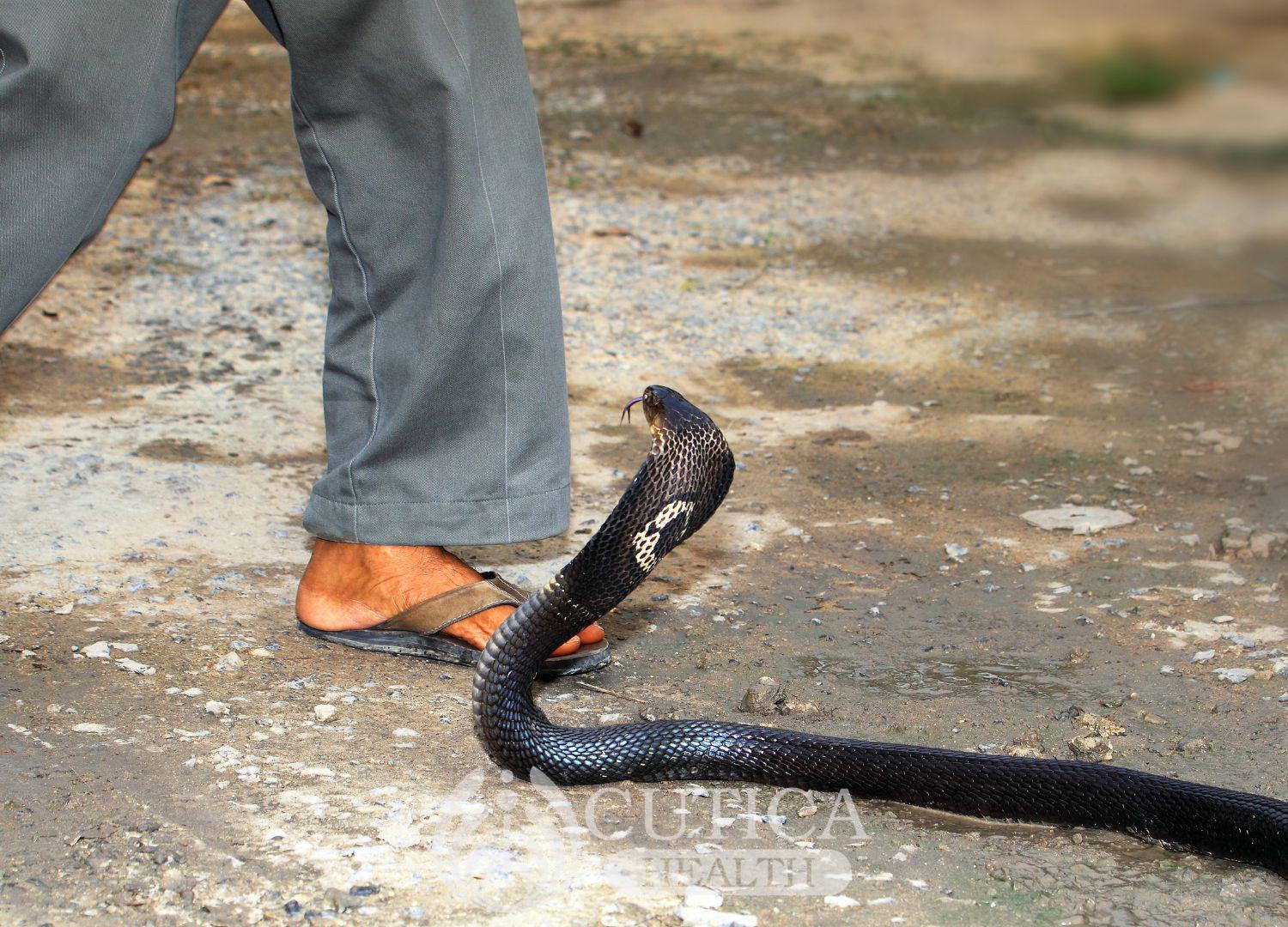
A few things NOT to do include:
- Do not suck the venom out by mouth
- Do not use or provide the victim with medicines except directed by a doctor
- Do not apply ice to the area of the bite; this makes it worse, as it reduces blood circulation in the affected area and around it.
- Do not cut into the bite wound
- Do not use a tourniquet or any other material to tie above the snake bite; although this keeps the venom from spreading beyond the bite area, it concentrates the venom in the bite area, increasing the destruction of tissues in that area
Treatment of Snake Bites
Following the dos and don’ts above will increase your chances of survival. Treatment of snake bites depends on the type of snake involved, the location of the bite, and the age of the victim. Treatment plan for snake bite include:
- Antivenom which acts as an antidote to the snake’s venom, reversing its effects in the body. The earlier the antivenom is administered, the more effective it is.
- The victim may also need to be treated in an intensive care unit for complications of snake bite such as cardiac arrest, breathing difficulty, and low blood pressure
- Wound care for the bite area
- Antibiotic treatment to prevent infection by bugs in the mouths of snakes.
Preventing Snake Bites
While anyone could get bitten by snakes, the chances depend on where you live and work. Here are some tips to prevent snake bites
- Don’t lie down where snakes could be found
- Wear high-top leather boots when walking through or working near areas with dense vegetation
- Do not attempt to hunt venomous snakes unless you are specially trained
- If you come across a snake, don’t try to touch or move closer to it, step away slowly and call for professional help if the snake is in a residential area.
